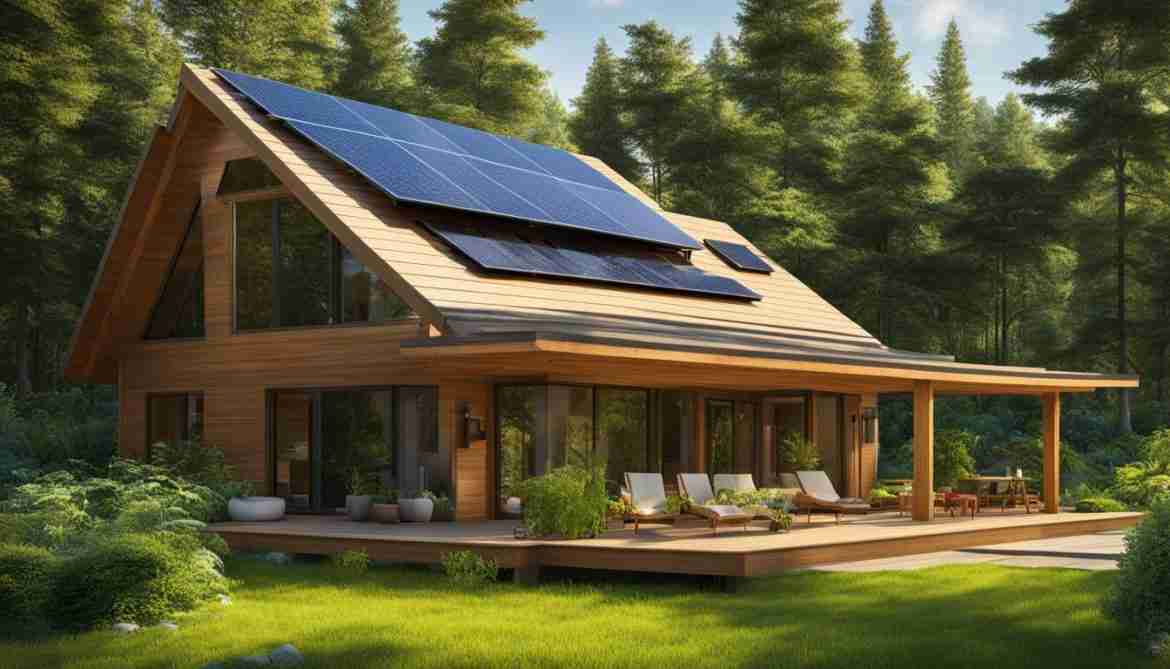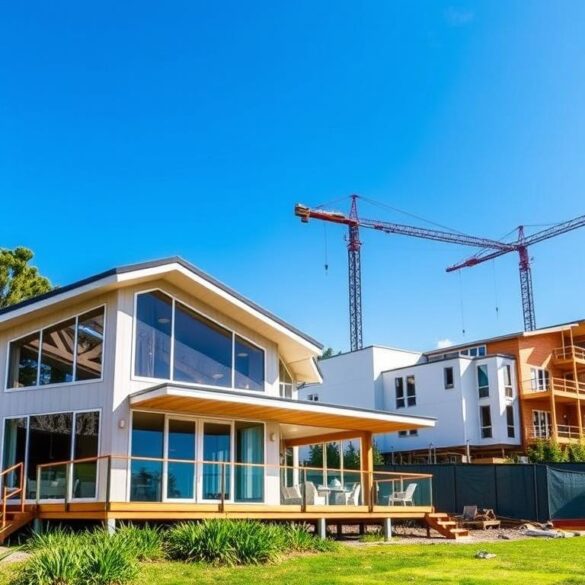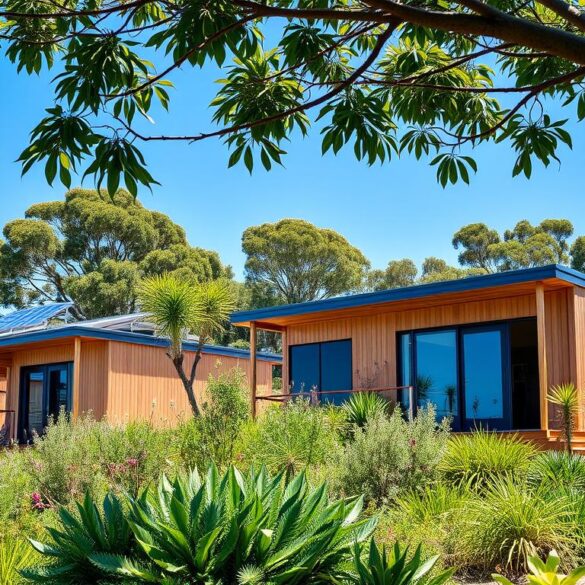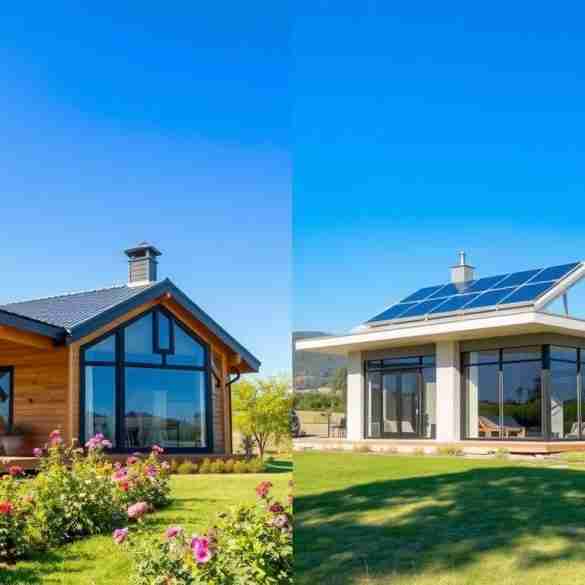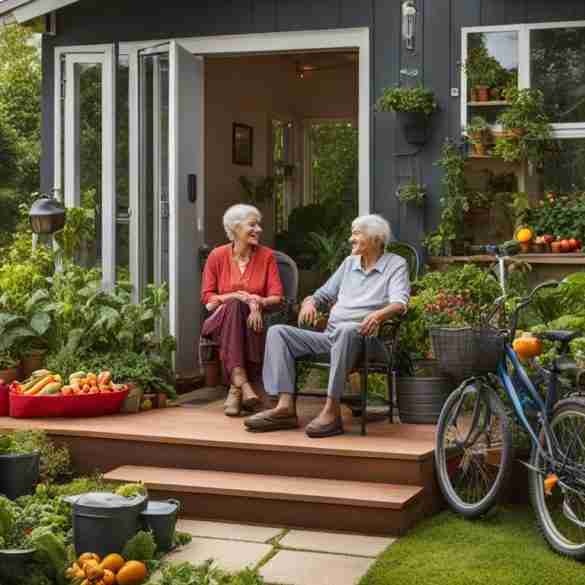Are you considering making a difference in your life while also helping the environment? Look no further than sustainable homes! These eco-friendly houses offer a range of key benefits that go beyond just saving the planet. By embracing sustainable living and investing in environmentally friendly housing, you can enjoy a multitude of advantages while contributing to the preservation of our planet.
In this article, we will explore the 5 key benefits of sustainable homes and how they can make a positive impact on your life and the environment.
Key Takeaways for Benefits of Sustainable Homes
- Lower environmental impact: Sustainable homes utilize eco-friendly materials and green construction practices, reducing their carbon footprint.
- Reduced energy costs: Energy-efficient systems and appliances in sustainable homes lead to significant savings on utility bills.
- Enhanced durability: Sustainable homes are built with high-quality materials and advanced techniques, ensuring longevity and resilience.
- Improved health and comfort: Sustainable homes prioritize indoor air quality and natural lighting, promoting a healthier and more comfortable living environment.
- Water conservation: Sustainable homes incorporate efficient fixtures and rainwater harvesting systems, contributing to water resource conservation.
Lower Environmental Impact and Benefits of Sustainable Homes
Sustainable homes have a lower environmental impact compared to conventional houses. By utilizing eco-friendly materials and implementing green building practices, sustainable construction reduces the depletion of natural resources and minimizes pollution and waste. These homes are built with renewable resources and focus on reducing carbon emissions, contributing to a healthier planet and a sustainable future for generations to come.
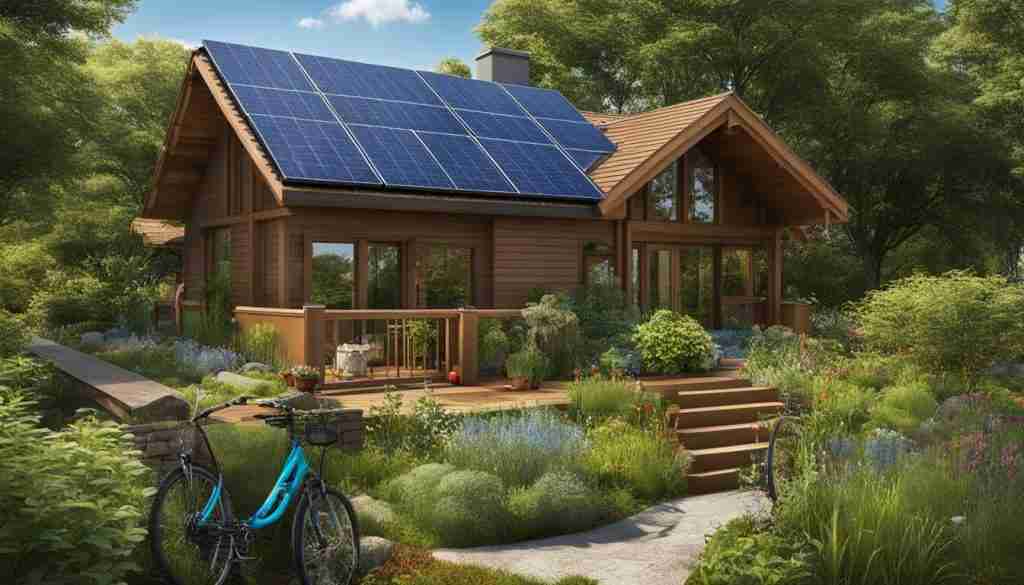
Implementing environmentally friendly and green construction techniques not only reduces the negative impact on the environment but also creates energy-efficient and cost-effective housing solutions that benefit homeowners in the long run. By choosing to live in environmentally friendly homes, individuals and families join the movement towards a more sustainable future and make a positive contribution to the health of our planet.
Reduced Energy Costs
Sustainable homes offer significant reductions in energy costs. By incorporating energy-efficient systems and practices, homeowners can enjoy cost savings while also minimizing their environmental impact. Let’s explore the key aspects that contribute to the reduced energy costs of sustainable homes.
Energy Efficiency Are Benefits of Sustainable Homes
One of the main factors that lead to cost savings in sustainable homes is energy efficiency. These homes are designed to maximize energy conservation by implementing various strategies:
- Solar Panels: Sustainable homes often feature solar panels that harness renewable energy from the sun. This allows homeowners to generate their electricity, reducing or eliminating their reliance on traditional power sources and lowering energy bills.
- Efficient Insulation: Proper insulation is crucial for maintaining a comfortable indoor environment and reducing energy loss. Sustainable homes utilize high-quality insulation materials, preventing heat transfer and reducing the need for excessive heating or cooling.
- Energy-Saving Appliances: Sustainable homes are equipped with energy-efficient appliances that consume less power without sacrificing performance. From refrigerators to lighting fixtures, these appliances contribute to lower energy consumption and cost savings.
Cost Savings and Benefits of Sustainable Homes
The implementation of energy-efficient systems in sustainable homes translates into substantial cost savings over time. While the initial investment in energy-efficient technologies may be higher, the long-term savings offset the initial expense. Homeowners can experience significant reductions in their monthly utility bills, freeing up funds for other essential expenses or investments.
| Conventional Homes | Sustainable Homes |
|---|---|
| Higher energy consumption | Lower energy consumption |
| Reliance on non-renewable energy sources | Utilization of renewable energy sources |
| Higher monthly energy bills | Lower monthly energy bills |
| Increasing energy costs over time | Stable or decreasing energy costs over time |
The table above highlights the cost-saving advantages of sustainable homes compared to conventional homes. Sustainable homes not only reduce energy consumption but also tap into renewable energy sources, leading to lower monthly energy bills and protection against rising energy costs.
By choosing a sustainable home, you not only contribute to a greener future but also enjoy the financial benefits of reduced energy costs. Consider the long-term cost savings and energy efficiency advantages when making decisions about your next home.
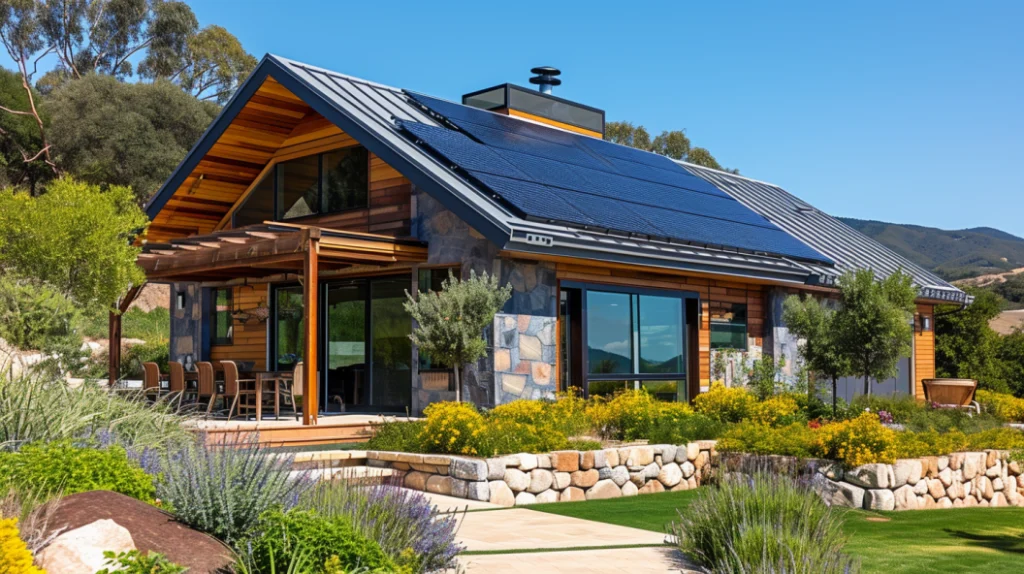
Enhanced Durability
Sustainable homes are built with enhanced durability in mind. They are constructed using high-quality materials and advanced building techniques that increase the longevity of the home. By prioritizing durability, sustainable homes can withstand the test of time, ensuring long-lasting living spaces for homeowners.
Not only are sustainable homes built to last, but they are also designed to be more resilient to natural disasters. Through the use of innovative construction methods and materials, these homes can better withstand the impact of severe weather events, such as hurricanes, earthquakes, and floods. This resilience provides homeowners and their families with increased safety and peace of mind.
Moreover, sustainable homes often exhibit improved indoor air quality compared to conventional houses. The use of eco-friendly materials and green building practices reduces the presence of harmful toxins and allergens in the air. This leads to healthier living environments, particularly beneficial for individuals with respiratory conditions or allergies.
Improved Health and Comfort are Benefits of Sustainable Homes
Indoor Air Quality
Sustainable homes prioritize the health and comfort of their occupants. These homes are designed to provide improved indoor air quality, promoting a healthier living environment. By utilizing eco-friendly materials that are non-toxic and free from harmful chemicals, sustainable homes reduce the presence of toxins and allergens that can negatively impact health. The use of non-toxic materials ensures that the indoor air remains clean and fresh, allowing residents to breathe easier and reducing the risk of respiratory issues.
Natural Lighting
In addition to promoting healthy indoor air quality, sustainable homes also emphasize natural lighting. These homes are designed to maximize the entry of natural light, creating bright and well-lit spaces. Natural light not only enhances the aesthetic appeal of the home but also offers numerous health benefits. Exposure to natural light can improve mood, increase productivity, and regulate the body’s natural sleep-wake cycle. By incorporating ample windows, skylights, and other architectural elements that allow natural light to fill the space, sustainable homes provide a more comfortable and uplifting living environment.
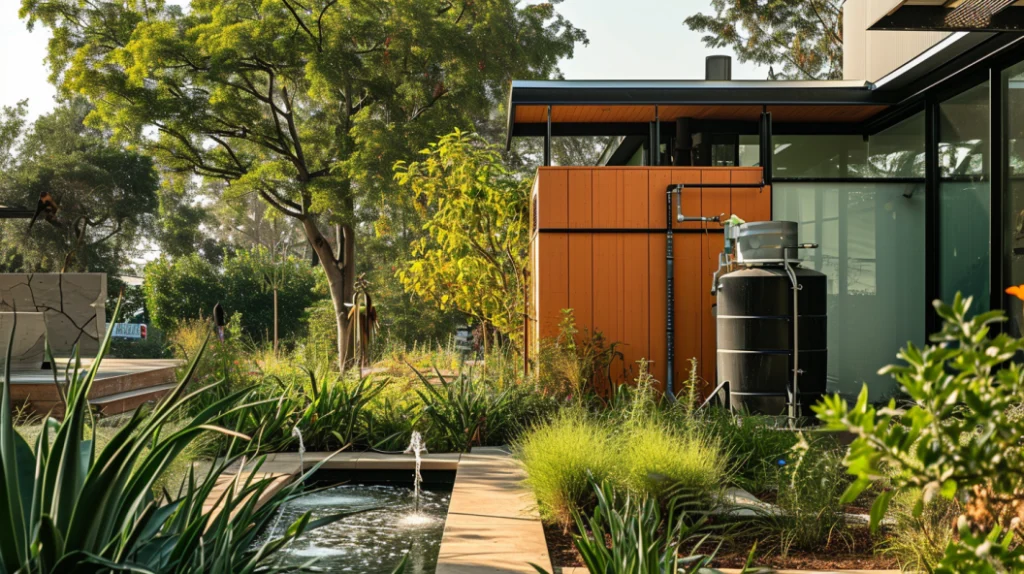
Water Conservation
Sustainable homes are dedicated to conserving water resources while promoting an eco-friendly way of living. Through the incorporation of efficient fixtures and rainwater harvesting systems, these homes actively contribute to the preservation of our natural resources.
Efficient Fixtures
In sustainable homes, water-saving fixtures like low-flow toilets, faucets, and showerheads are installed, significantly reducing water consumption. These fixtures ensure optimal functionality while minimizing the amount of water used. By embracing these efficient fixtures, you can make a positive impact on water conservation without sacrificing comfort or convenience.

Rainwater Harvesting
Another notable feature of sustainable homes is the implementation of rainwater harvesting systems. These systems collect and store rainwater, which can then be used for non-potable purposes like landscaping and irrigation. By utilizing rainwater, homeowners can reduce their reliance on municipal water supplies and contribute to the preservation of this vital natural resource.
By embracing water conservation practices in sustainable homes, you actively participate in the preservation of our planet’s natural resources. Efficient fixtures and rainwater harvesting systems ensure that water is used responsibly and sustainably, supporting a greener future for generations to come.
FAQ
What are the key benefits of sustainable homes?
Sustainable homes offer lower environmental impact, reduced energy costs, enhanced durability, improved health and comfort, and water conservation.
How do sustainable homes contribute to lower environmental impact?
Sustainable homes utilize eco-friendly materials and green building practices, reducing the depletion of natural resources and minimizing pollution and waste.
How do sustainable homes help reduce energy costs?
Sustainable homes incorporate energy-efficient systems, such as solar panels, efficient insulation, and energy-saving appliances, resulting in significant savings on utility bills.
How are sustainable homes more durable?
Sustainable homes are built using high-quality materials and advanced building techniques, increasing longevity and resilience to natural disasters.
Do sustainable homes improve the health and comfort of occupants?
Yes, sustainable homes prioritize indoor air quality by reducing toxins and allergens, and often use eco-friendly materials. They also emphasize natural lighting, enhancing comfort and well-being.
How do sustainable homes contribute to water conservation?
Sustainable homes incorporate efficient fixtures and rainwater harvesting systems, which reduce water consumption and reliance on municipal water supplies.

